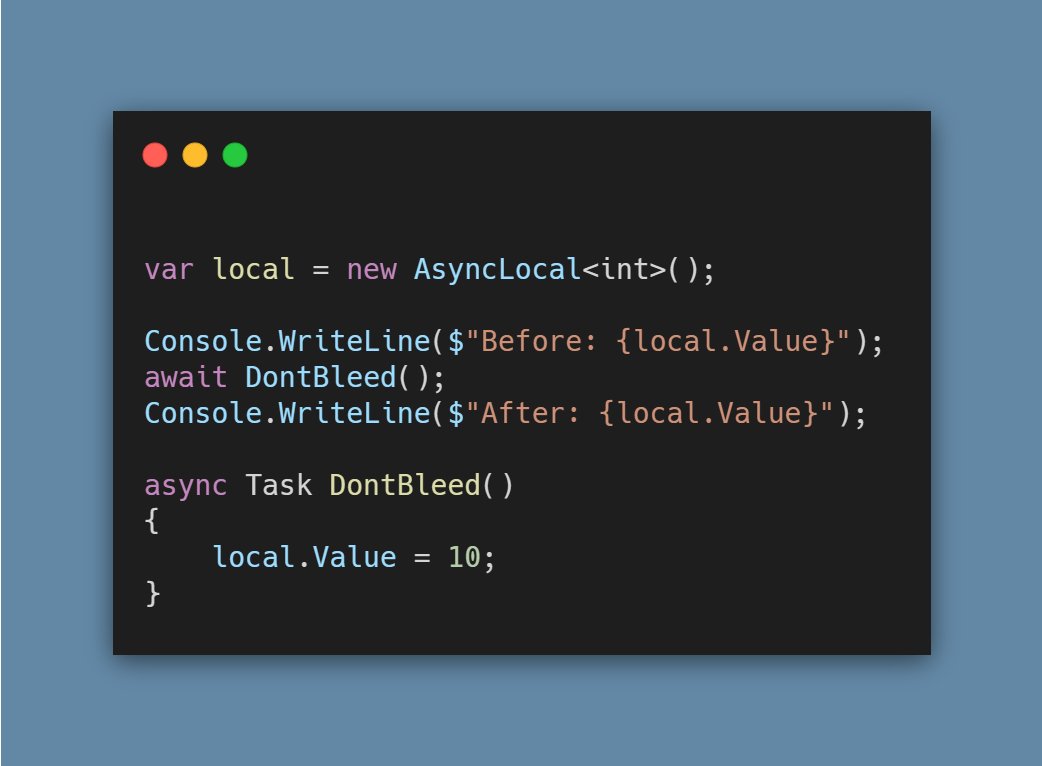
Reflecting on my immigration journey this morning and for anyone else in the same situation it was:
F1/OPT 1 year (student visa) -> H1-B 5 years (work via) -> Green Card 7 years (permanent resident) -> Citizen yesterday. No more immigration anxiety 😅
F1/OPT 1 year (student visa) -> H1-B 5 years (work via) -> Green Card 7 years (permanent resident) -> Citizen yesterday. No more immigration anxiety 😅
https://twitter.com/davidfowl/status/1443313256743854083
Since being on a student visa I've always been worried about not being able to enter the US for some random reason or the other (plus being a black immigrant). Travelling with an excess amount of paperwork to prove you belong here.
When I joined Microsoft in 2008, there were huge layoffs and I was sure I was going to be in that set of people. Why not lay off the new employees (and immigrants at that)? It didn't happen and I was thankful. Microsoft sponsored my H1-B and Green card.
Fast forward to the previous election cycle, those 4 years were the most worried I had felt as an immigrant in this country and it really made me want to get citizenship because my kids are Americans. I don't ever want to be split from them because of a change in policy.
• • •
Missing some Tweet in this thread? You can try to
force a refresh







